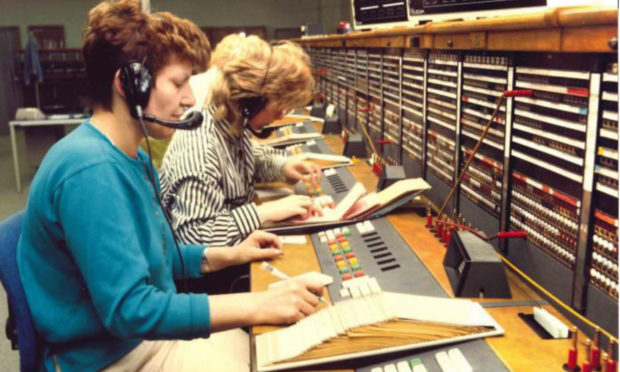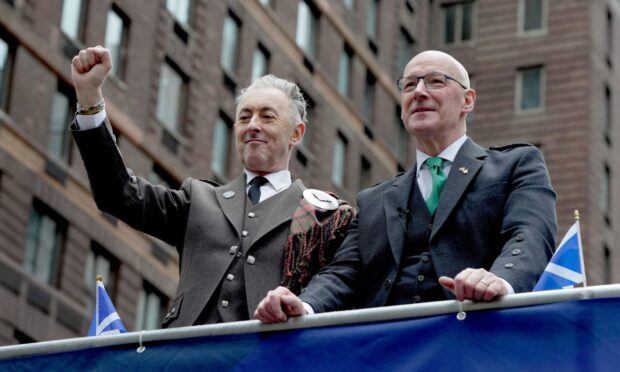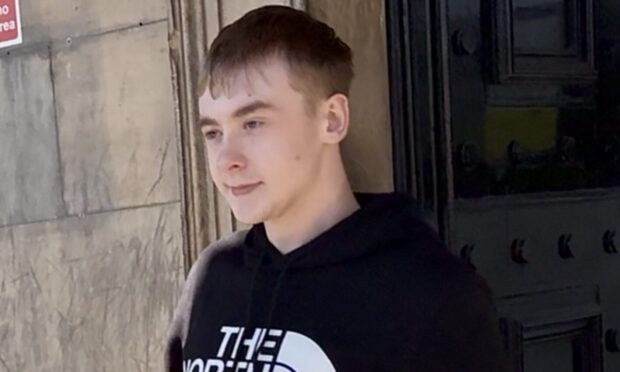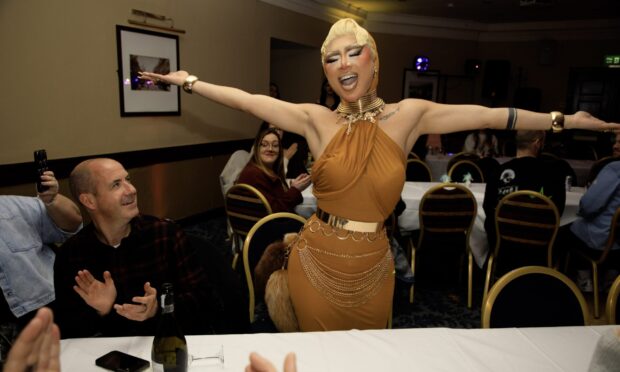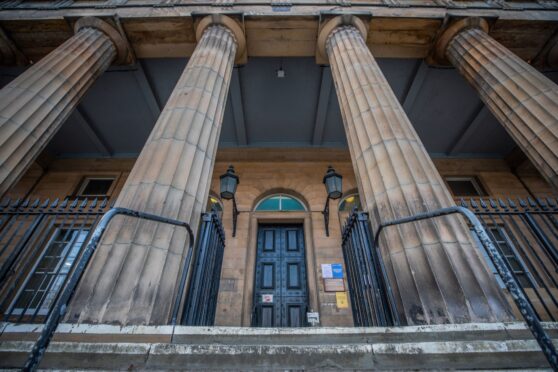Remember when “wind-up” phone calls were all the rage?
Local radio stations couldn’t get enough of them. One could hardly switch on the wireless without hearing a simpering disc jockey putting on a daft accent to dupe an unsuspecting office worker or some poor soul getting ready for his nightshift.
These pranks always straddled a fine line between humour and cruelty, so when they worked they were harmless fun.
But when they didn’t, they were just grim. Or in the case of nurse Jacintha Saldanha, who took her own life in 2012 after being set up by an Australian radio show looking for information on the pregnant Duchess of Cambridge, downright tragic.
Even the tackiest of radio pranks pale in comparison to the hoax calls our 999 operators often have to put up with.
Last week, the true cost of these kind of incidents were highlighted at Perth Sheriff Court.
Perth man Donald Robertson was jailed for nine months, after he claimed he was trapped under a capsized canoe. He also falsely reported a fire at a farm.
The court heard the calls resulted in emergency responses costing nearly £10,000. More importantly, it diverted already-stretched resources from genuine emergencies.
In the last five years, these kind of calls cost ambulance staff in Scotland almost 30,000 “precious” minutes.
Recent stats released by the Scottish Ambulance Service showed that the number of hoaxes has doubled since 2012.
And each and every incident could have fatal consequences.
With resources for emergency services stretched tighter and tighter, its good to see courts taking such a strong line against hoaxes.
For pranksters, its the end of the line.
